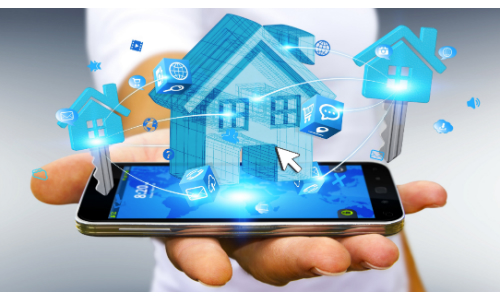
The biggest updates from Construction annual developer conference
In recent years, sustainable architecture has emerged as a driving force in the real estate industry. With growing concerns about climate change, resource depletion, and environmental impact, both developers and homebuyers are increasingly prioritizing sustainability in their construction and housing choices. In this blog, we'll delve into the reasons behind the rise of sustainable architecture and explore how it's reshaping the landscape of modern real estate.
Sustainability as a Priority
One of the primary reasons behind the surge in sustainable architecture is the global awareness of the environmental challenges we face. As society becomes more conscious of its carbon footprint, there's a growing demand for buildings that minimize energy consumption, reduce waste, and have a minimal environmental impact. Sustainable architecture aligns with these objectives by implementing eco-friendly practices and materials.
Economic Benefits
Sustainable architecture isn't just about environmental responsibility; it also makes economic sense. Features such as energy-efficient lighting, heating, and cooling systems can significantly reduce utility bills for homeowners. Additionally, sustainable buildings often have higher resale values and can command higher rental income, making them attractive investments for property developers.
Government Incentives
Many governments worldwide are offering incentives and subsidies to promote sustainable construction. These incentives may include tax credits, grants, and expedited permitting processes for green building projects. As a result, developers are increasingly turning to sustainable practices to take advantage of these benefits
Advancements in Technology
The rise of sustainable architecture has been accelerated by technological advancements. Innovations in building materials, such as recycled and renewable resources, have made it easier to construct energy-efficient and eco-friendly buildings. Smart technologies, such as IoT (Internet of Things) devices, allow homeowners to monitor and control energy usage, further reducing environmental impact.
Healthy Living Environments
Sustainable buildings often prioritize indoor air quality and natural light, creating healthier living environments for residents. Features like air purification systems and non-toxic building materials contribute to improved well-being and comfort.


